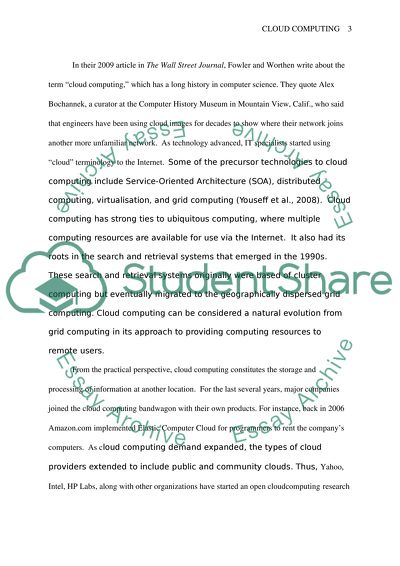Cite this document
(“Cloud Computing Essay Example | Topics and Well Written Essays - 1750 words”, n.d.)
Retrieved de https://studentshare.org/technology/1509500-cloud-computing
Retrieved de https://studentshare.org/technology/1509500-cloud-computing
(Cloud Computing Essay Example | Topics and Well Written Essays - 1750 Words)
https://studentshare.org/technology/1509500-cloud-computing.
https://studentshare.org/technology/1509500-cloud-computing.
“Cloud Computing Essay Example | Topics and Well Written Essays - 1750 Words”, n.d. https://studentshare.org/technology/1509500-cloud-computing.


